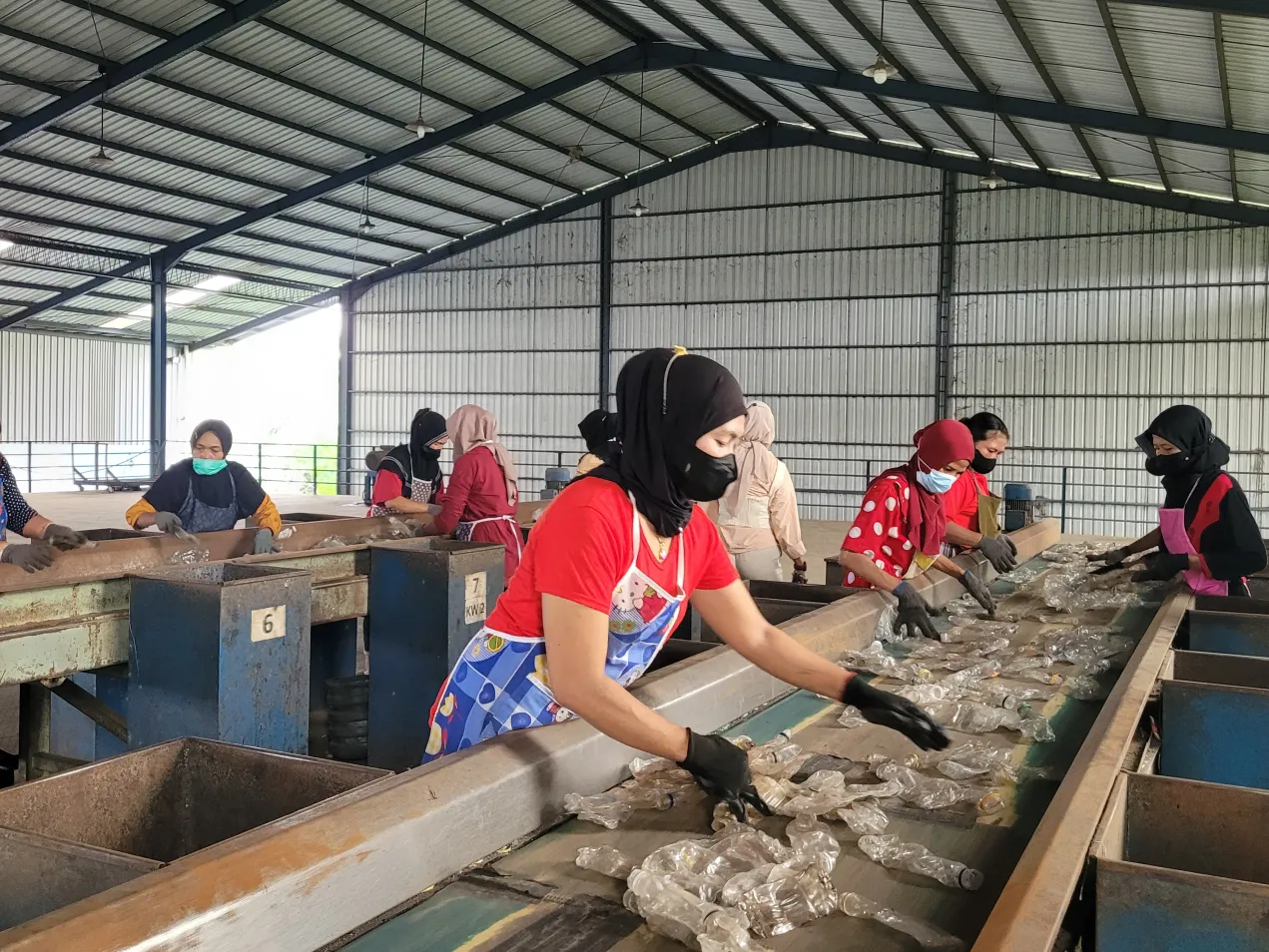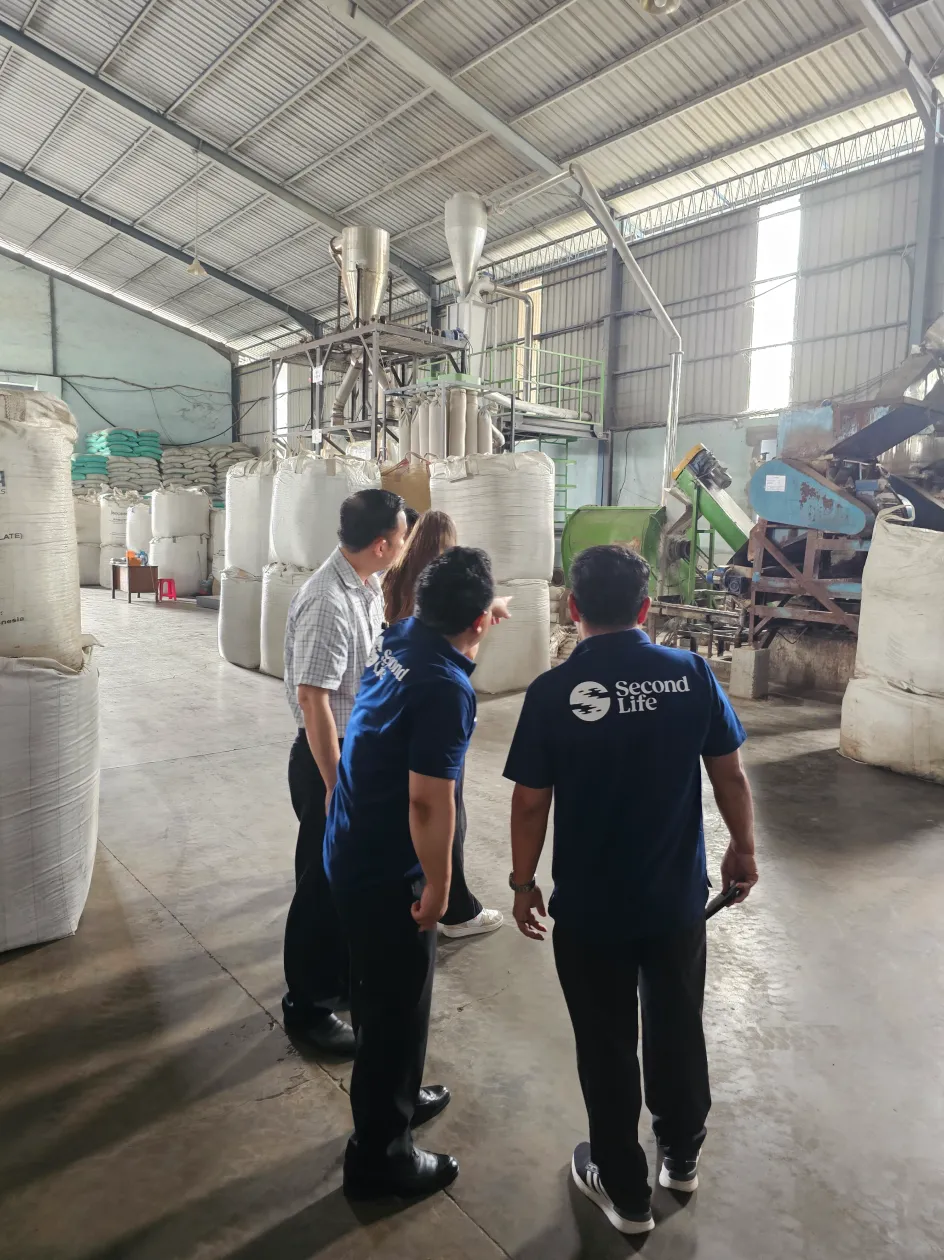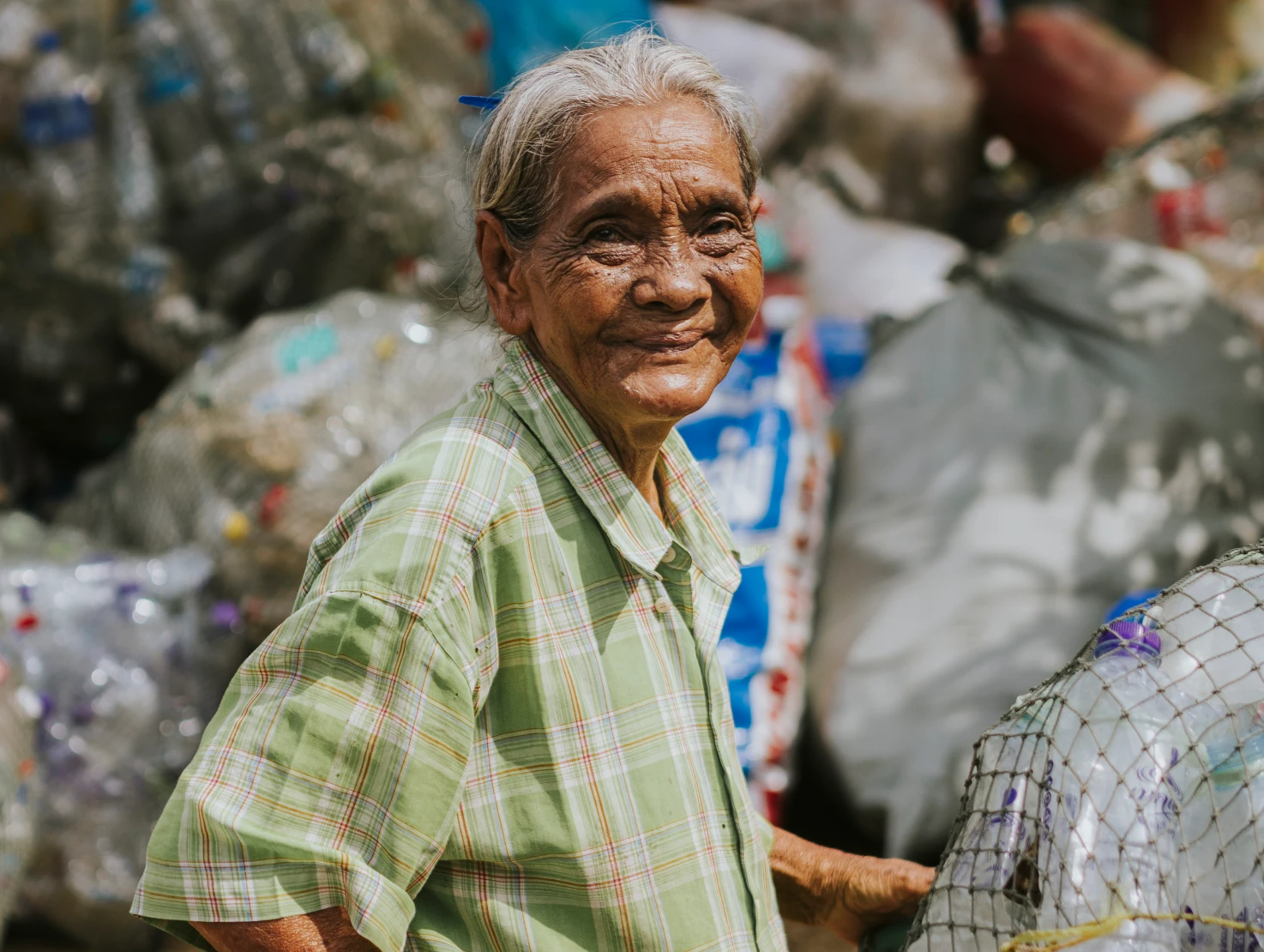%201.svg)
Borneo Blue Shift - Indonesia
Our new project in East Kalimantan brings waste recovery and fair incentives to a remote coastline facing mounting pollution and limited infrastructure.
the launch year of our project in Indonesia.
first-year collection and recycling target, initiated by Caudalie. Join them as a founding member of the project!

What we do
Our newest plastic waste collection and recycling project in Indonesia was launched in 2025 in Adang Bay, Kalimantan. This remote, non-tourist region faces significant waste management logistical challenges, high costs and a serious plastic pollution problem, making it a crucial location to create a substantial environmental impact.
Where you can find us
Located in East Kalimantan, Indonesia, around 100 km from the future capital, Nusantara, Adang Bay reflects the scale and urgency of Indonesia’s plastic pollution crisis. As the world’s second-largest contributor to marine plastic waste, the country mismanages 3.2 million tonnes of plastic each year, with 1.29 million tonnes leaking into the ocean. In remote regions like Adang Bay, far from tourism routes and basic infrastructure, waste accumulates unchecked. Mangroves trap plastic debris, which breaks down into microplastics, contaminating sediments and harming marine life. Local fishers report shrinking catches and nets clogged with plastic. Tackling this crisis requires better waste infrastructure, investment in transport, education, and viable alternatives. That’s why Second Life is launching a new project there in 2025, supported by long-term partners: where the need is urgent and the potential for impact is immense.



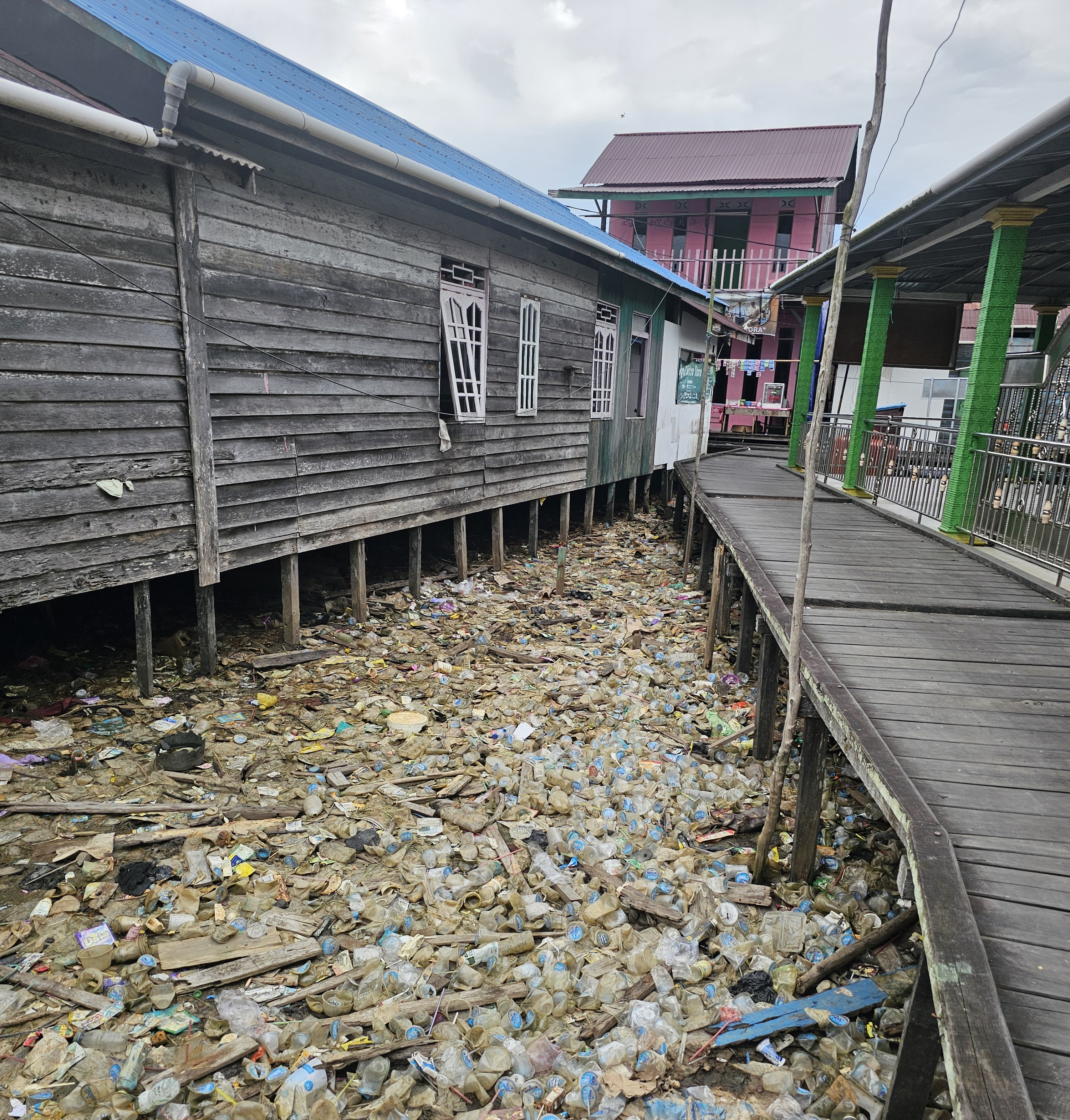
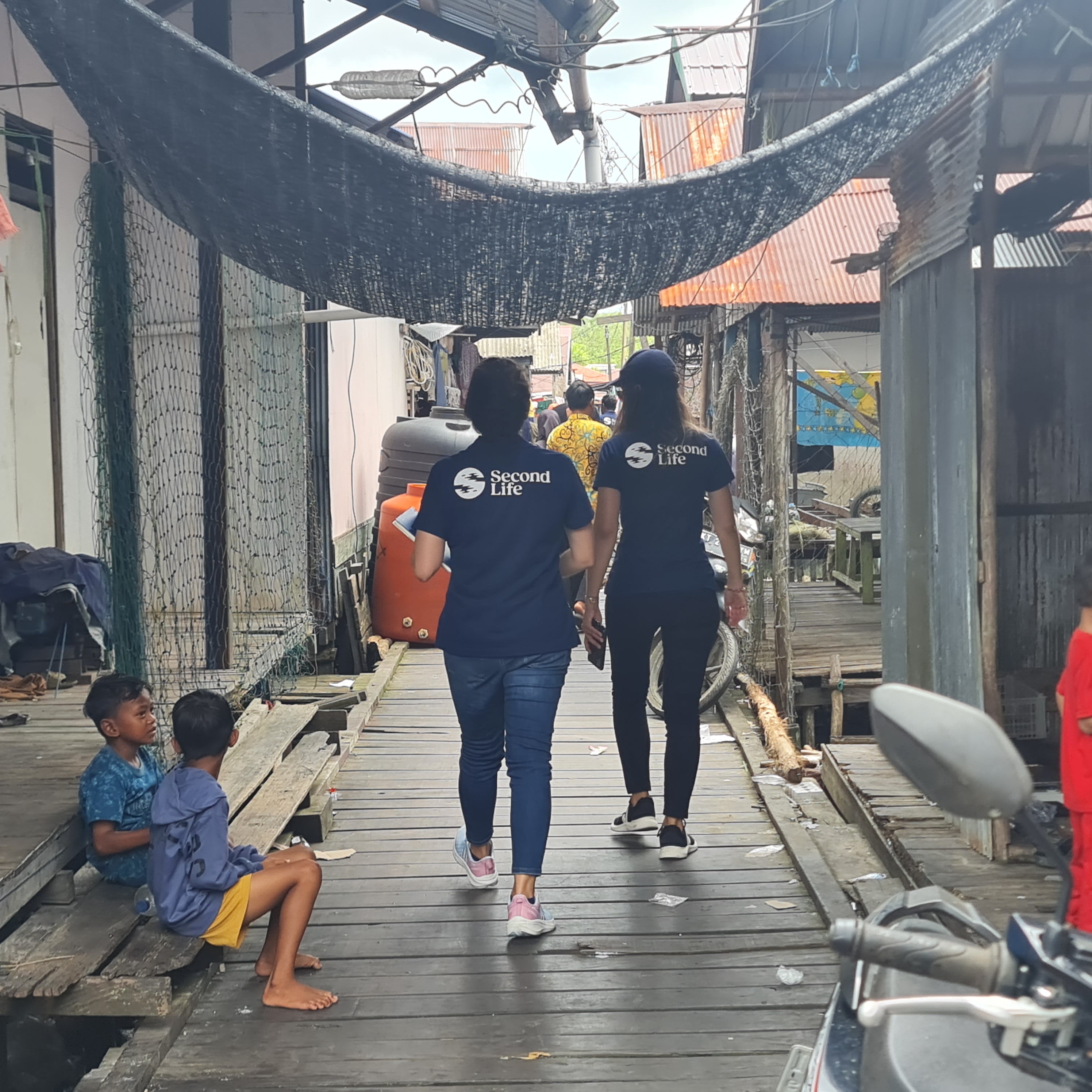
.jpg)
